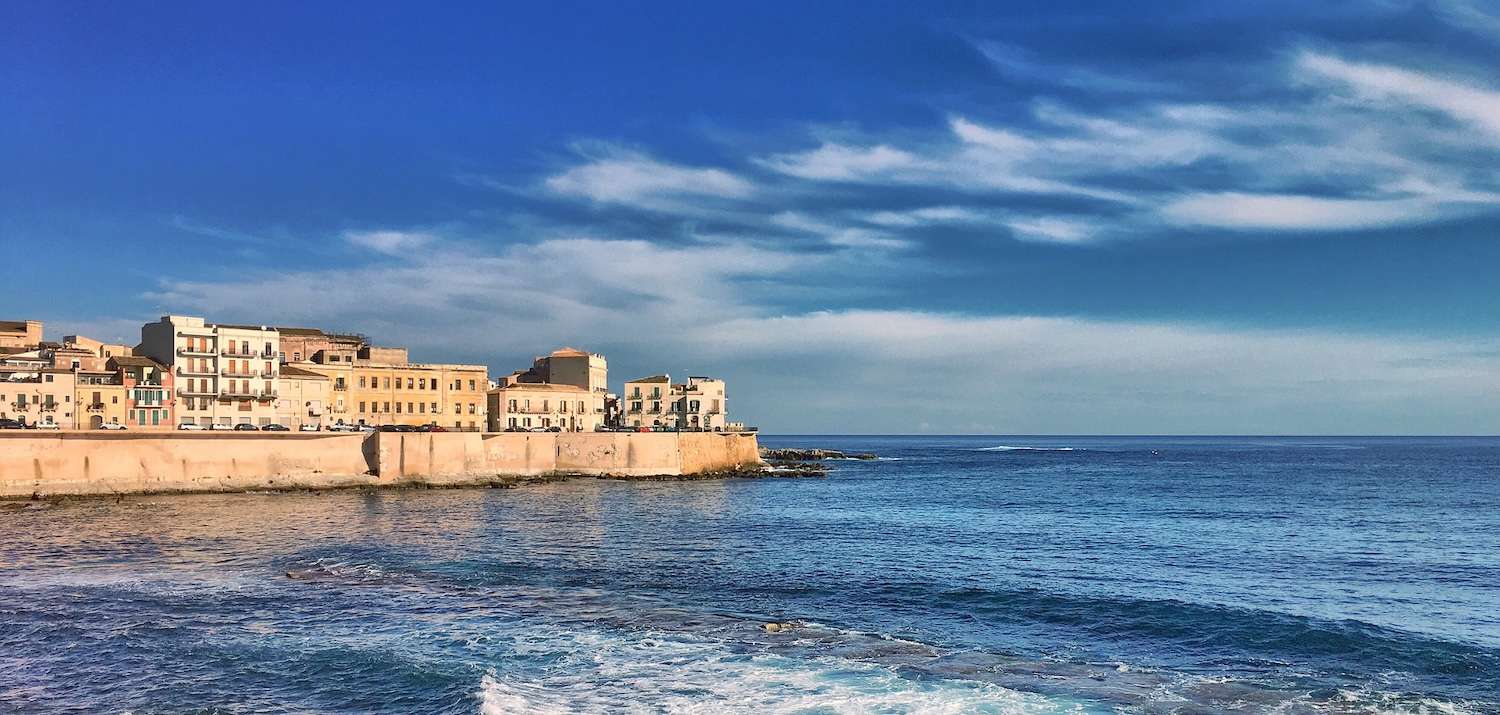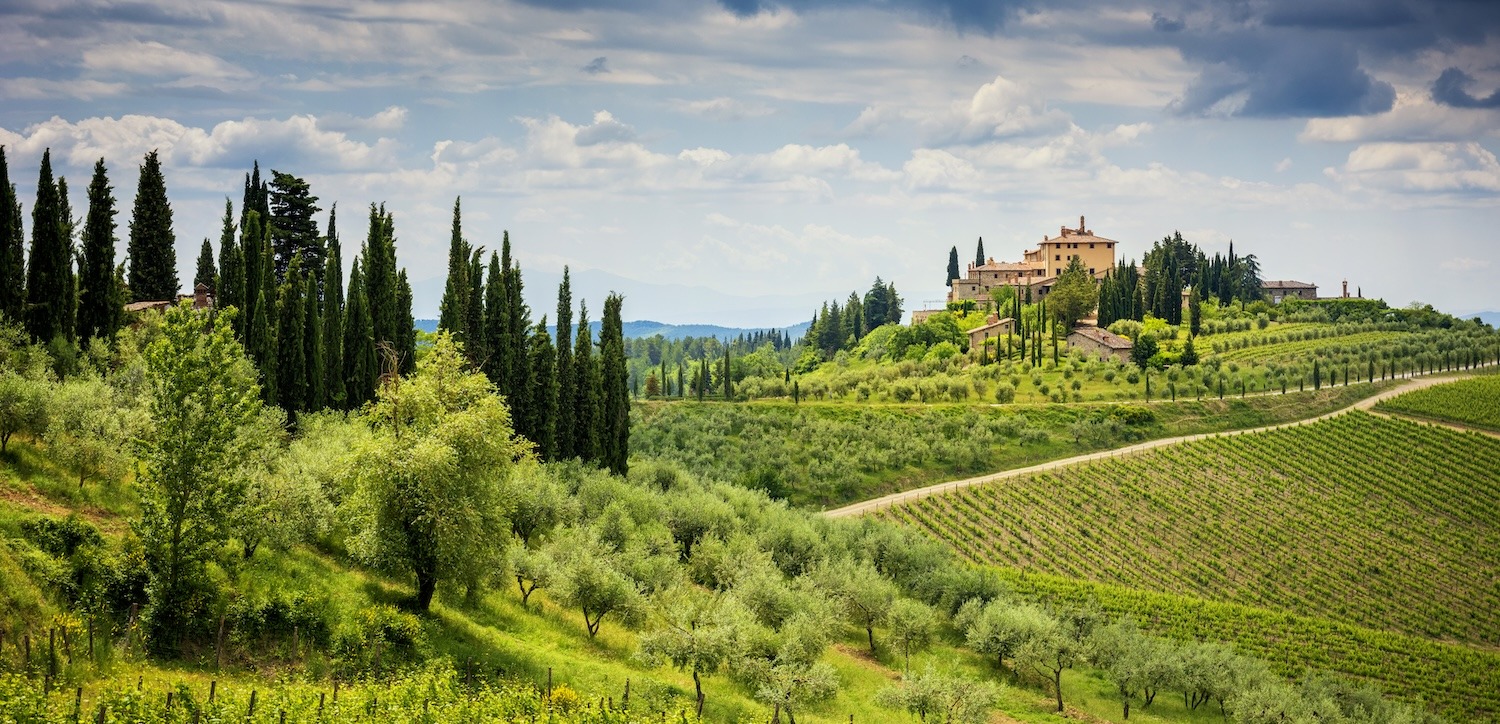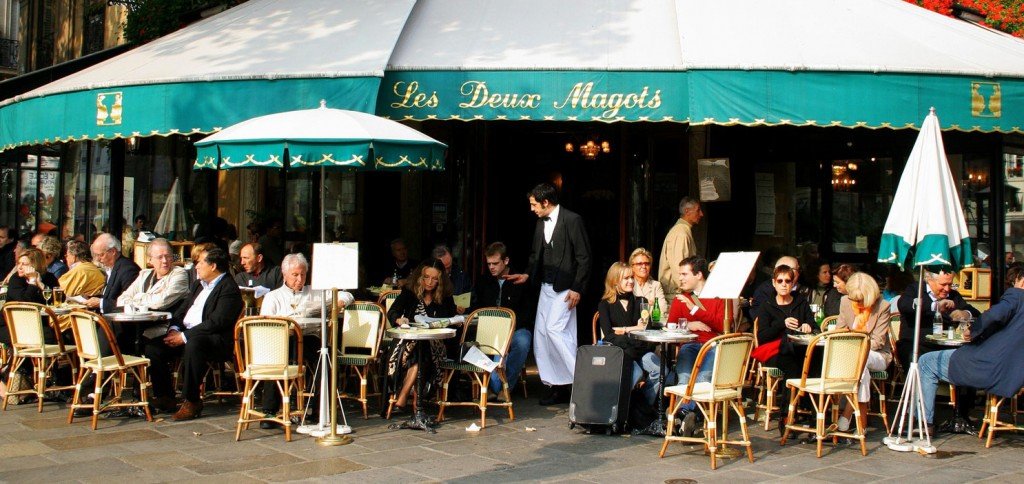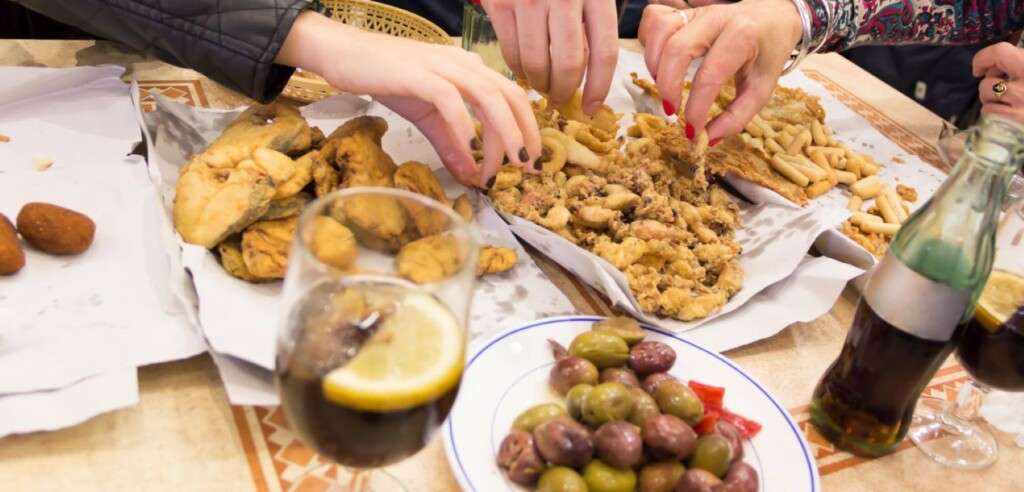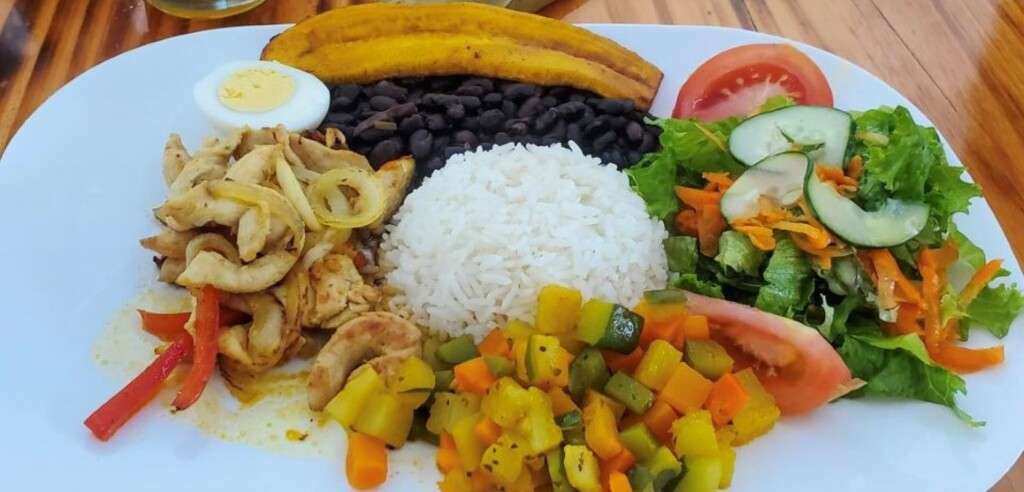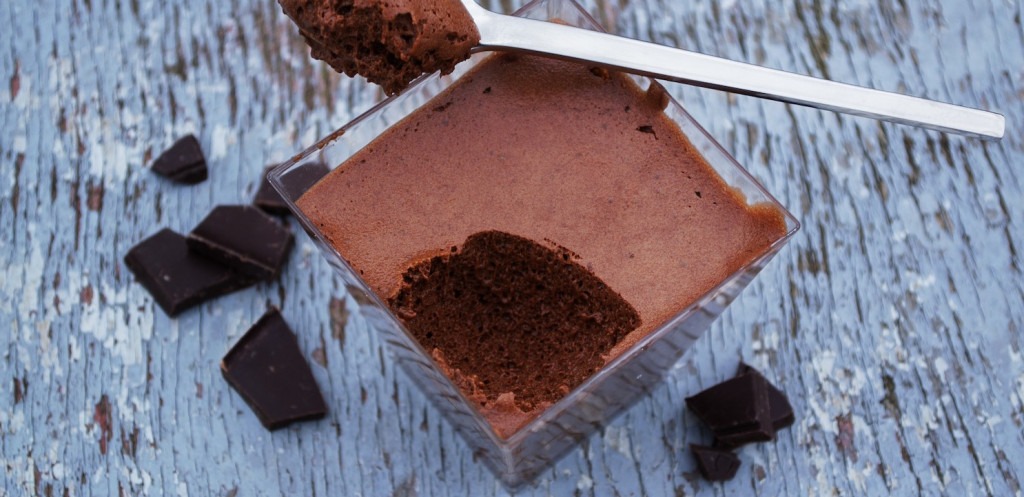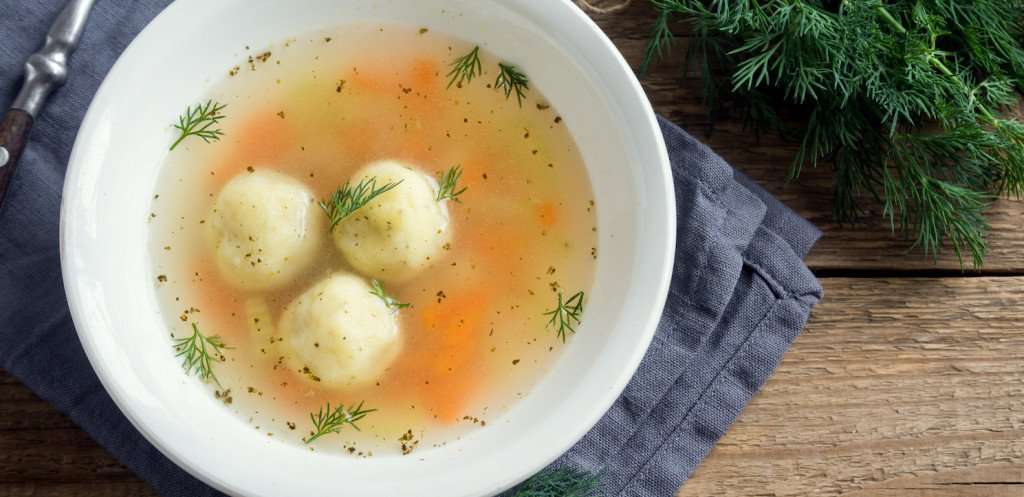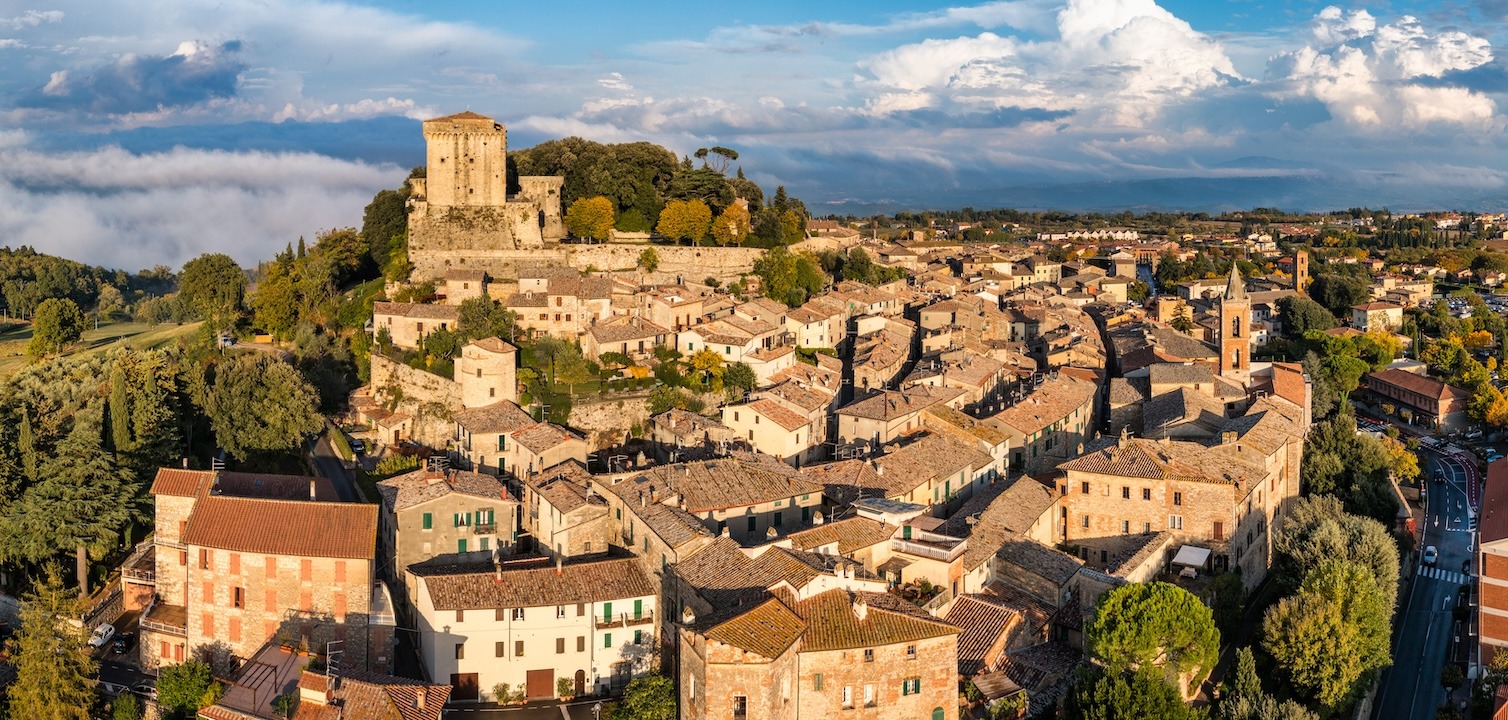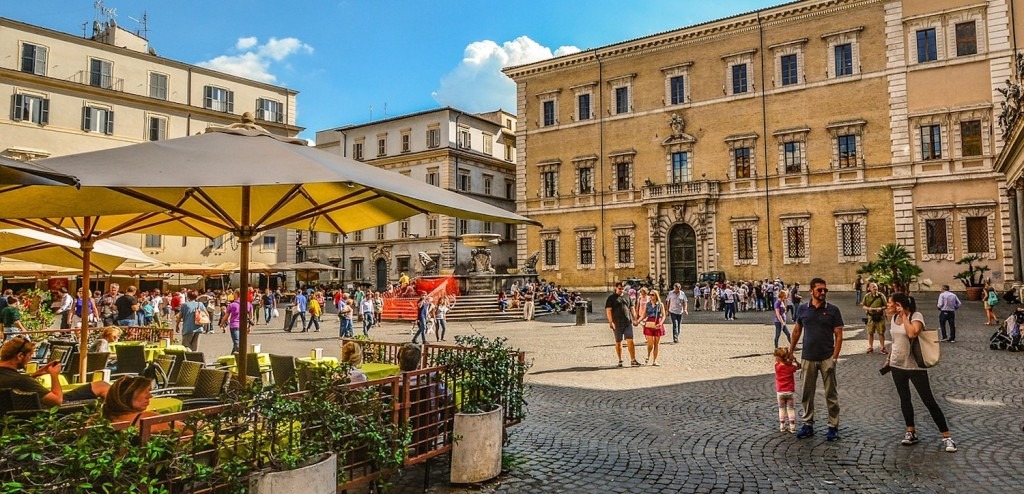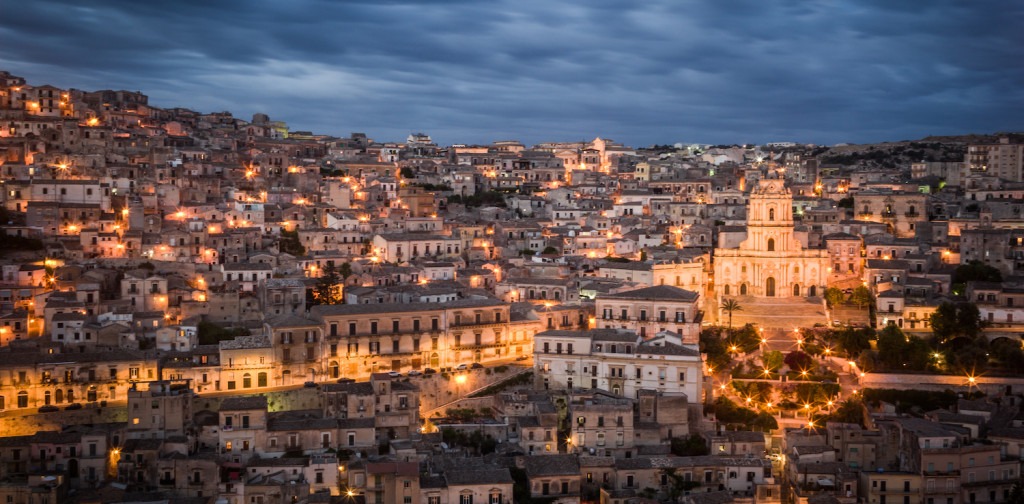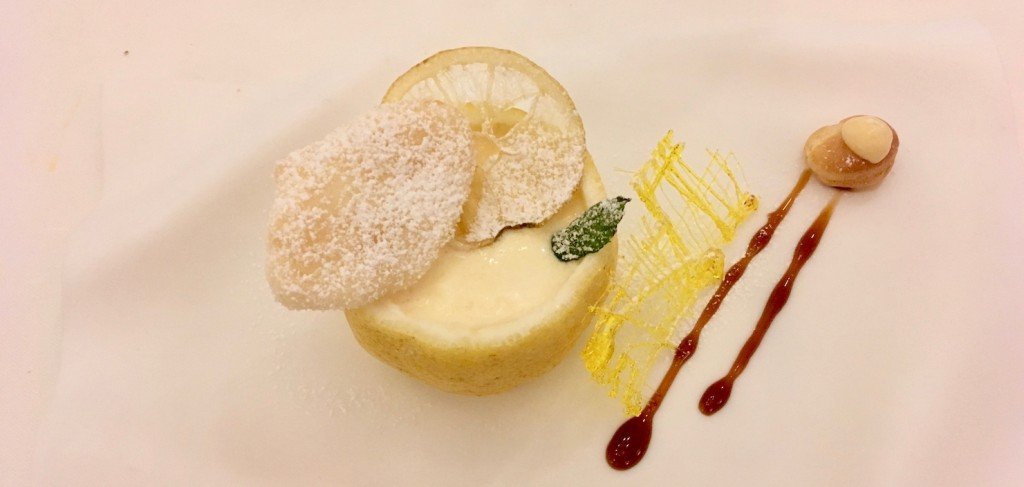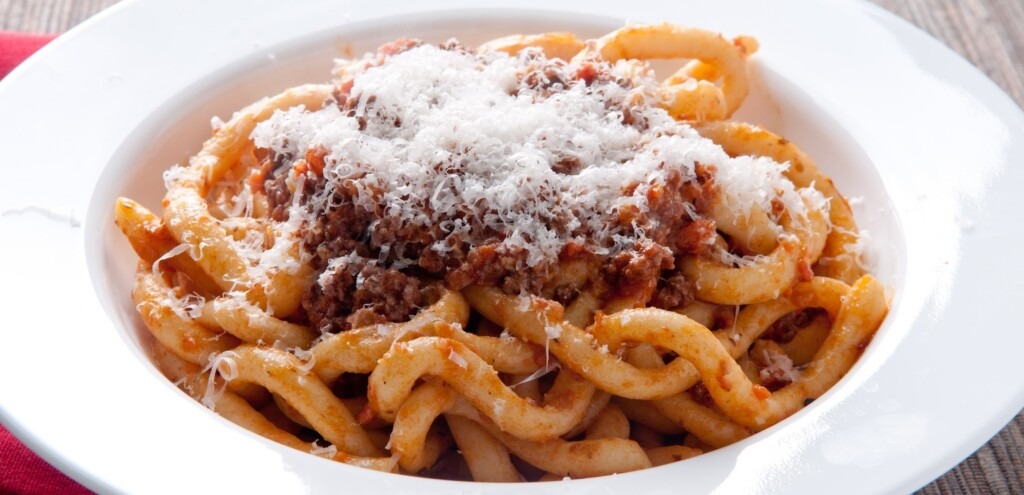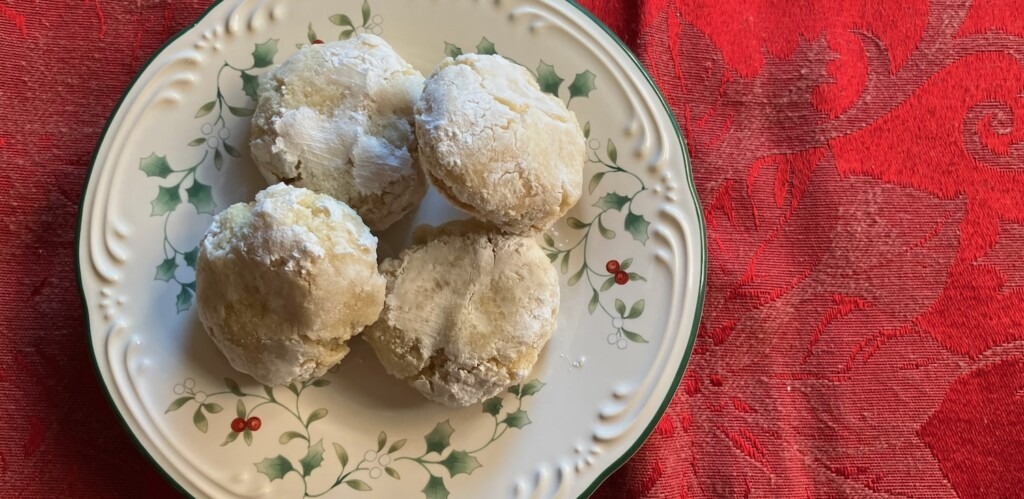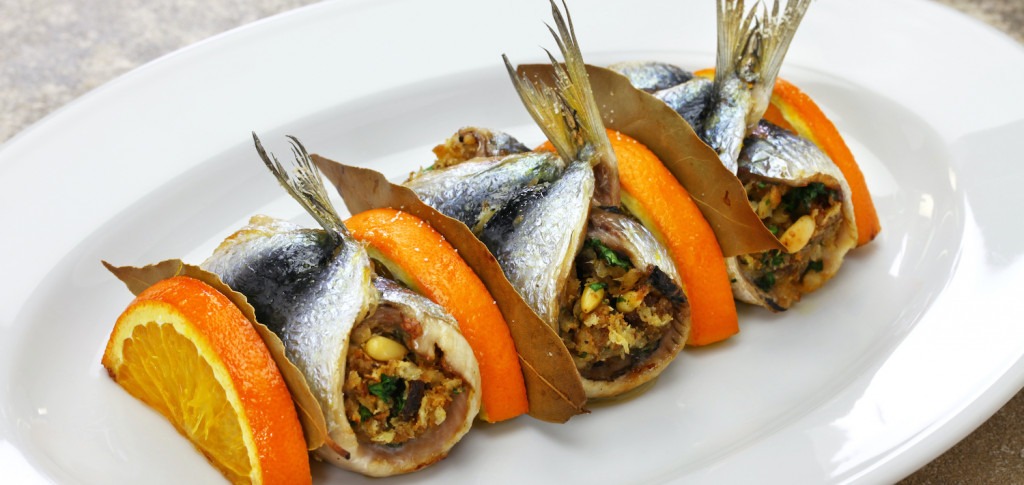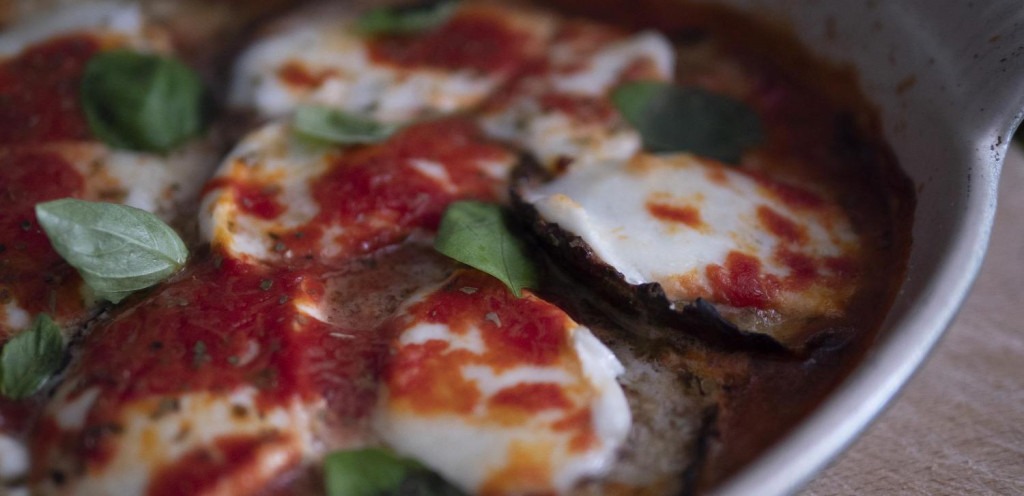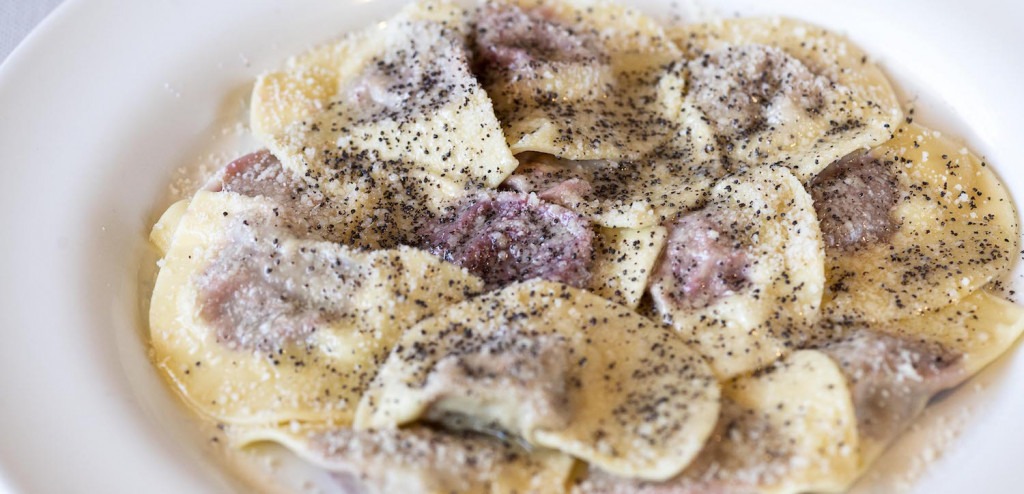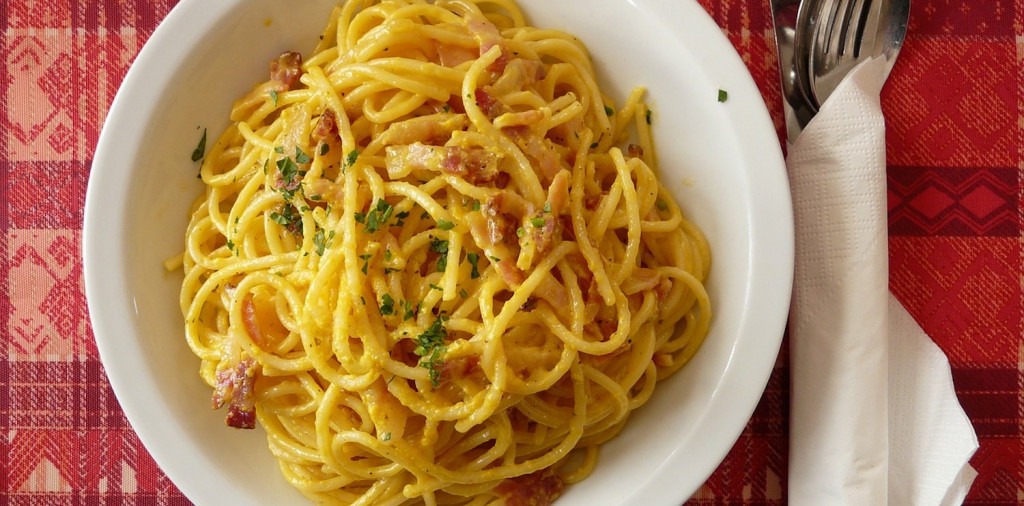
- The International Kitchen
- Blog
- The History of Prosciutto
The History of Prosciutto
-
-
 Where ever you go on an Italy food tour, you are sure to encounter prosciutto, that lovely white-edged pink ham, thinly sliced, so tender and so full of earthy, salty-sweet flavors. You will find a version of it in every region. It is served by itself, with melon, on sandwiches or crostini, stuffed in pastas, and more.
Where ever you go on an Italy food tour, you are sure to encounter prosciutto, that lovely white-edged pink ham, thinly sliced, so tender and so full of earthy, salty-sweet flavors. You will find a version of it in every region. It is served by itself, with melon, on sandwiches or crostini, stuffed in pastas, and more.
But what is prosciutto? Is there a single way to define it or do all the regional variations mean one can really only speak of “prosciutti”?
Try serving prosciutto with classic Emilian “gnocchi fritti.”
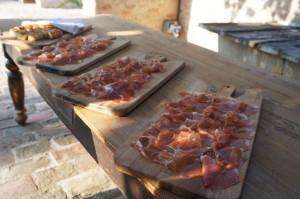 The art of curing meats by air (instead of by smoke) is old, harkening back at least to the Romans. And at heart, the most basic definition of prosciutto is an air-cured hind leg or thigh of pig or wild boar. Some people tasting prosciutto on our Italy food tours are surprised that there is no smoke involved, but the fact that prosciutto is air cured means a delicate, sweet flavor. (There is a smoked version of prosciutto called “speck.”) The meat is classically served raw (cured, but not cooked), which is why it is also referred to as prosciutto crudo (versus prosciutto cotto, a cooked sliced ham).
The art of curing meats by air (instead of by smoke) is old, harkening back at least to the Romans. And at heart, the most basic definition of prosciutto is an air-cured hind leg or thigh of pig or wild boar. Some people tasting prosciutto on our Italy food tours are surprised that there is no smoke involved, but the fact that prosciutto is air cured means a delicate, sweet flavor. (There is a smoked version of prosciutto called “speck.”) The meat is classically served raw (cured, but not cooked), which is why it is also referred to as prosciutto crudo (versus prosciutto cotto, a cooked sliced ham).
Try using prosciutto in a classic croque monseiur sandwich!
Prosciutto Production
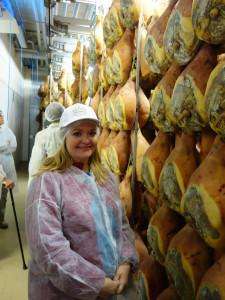 Beyond the fact that it is air cured, however, any prosciutto that you eat on an Italy food tour of cooking vacation in Italy will be influenced by its region. The famous prosciutto di San Daniele, for instance, must be cured for a minimum of 13 months, but what really makes it unique is its geographic location. Just as a wine has a terroir, the place the prosciutto is cured affects its taste, not only through the diet of the animals, but also because of the air that is one of the main ingredients in the process. In the case of San Daniele, the breezes coming from the Adriatic Sea couple with those from the Carnic Alps, creating a unique microclimate that has its own particular temperature and humidity. Air curing meat is a delicate business, requiring enough coolness to ensure the meat does not spoil and enough moisture to make sure it dries slowly.
Beyond the fact that it is air cured, however, any prosciutto that you eat on an Italy food tour of cooking vacation in Italy will be influenced by its region. The famous prosciutto di San Daniele, for instance, must be cured for a minimum of 13 months, but what really makes it unique is its geographic location. Just as a wine has a terroir, the place the prosciutto is cured affects its taste, not only through the diet of the animals, but also because of the air that is one of the main ingredients in the process. In the case of San Daniele, the breezes coming from the Adriatic Sea couple with those from the Carnic Alps, creating a unique microclimate that has its own particular temperature and humidity. Air curing meat is a delicate business, requiring enough coolness to ensure the meat does not spoil and enough moisture to make sure it dries slowly.
Learn about the history of sandwiches.
The other ingredient of course is salt, which is used to extract the liquid from the ham. Once the ham is cleaned, it is salted and left for about two months, then rinsed and hung in a well ventilated, cool, dark place to age.
You can find prosciutto that has been cured with nitrates, but these are not DOP prosciutti, which only employ sea salt, air, and the animal itself.
 Serving prosciutto is easy, since it’s generally served thinly sliced and with little or no adornment. It can be wrapped around a piece of melon or a crispy grissino, but often it is simply served sliced on a plate. You can find it in sauces, particularly a cream sauce, or as part of a stuffing for pastas or other meats, or wrapped around other meats such as veal. It is also a wonderful pizza topping. In fact, when I am in Italy on an Italy food tour or Italian cooking vacation, I almost invariably order a “pizza margherita” (plain pizza with tomato, mozzarella, and basil) topped with prosciutto. The prosciutto is laid on after it comes out of the oven, so that it retains it crudo (raw) status, but the heat from the pizza slightly softens the fat on the edges – delicious.
Serving prosciutto is easy, since it’s generally served thinly sliced and with little or no adornment. It can be wrapped around a piece of melon or a crispy grissino, but often it is simply served sliced on a plate. You can find it in sauces, particularly a cream sauce, or as part of a stuffing for pastas or other meats, or wrapped around other meats such as veal. It is also a wonderful pizza topping. In fact, when I am in Italy on an Italy food tour or Italian cooking vacation, I almost invariably order a “pizza margherita” (plain pizza with tomato, mozzarella, and basil) topped with prosciutto. The prosciutto is laid on after it comes out of the oven, so that it retains it crudo (raw) status, but the heat from the pizza slightly softens the fat on the edges – delicious.
Where every your travels take you on an Italy food and wine tour, be sure to try the local prosciutto, and if possible, some prosciutto di San Daniele or prosciutto di Parma. You’ll quickly discover why this is one of Italy’s most famous and beloved ingredients!
Sign up to Receive Our Newsletter
As well as travel tips, promotions, and information on our best cooking vacations.
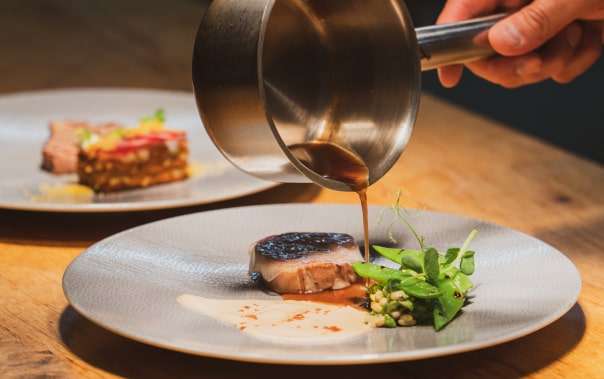
blog
Related Blog Posts
recipes

